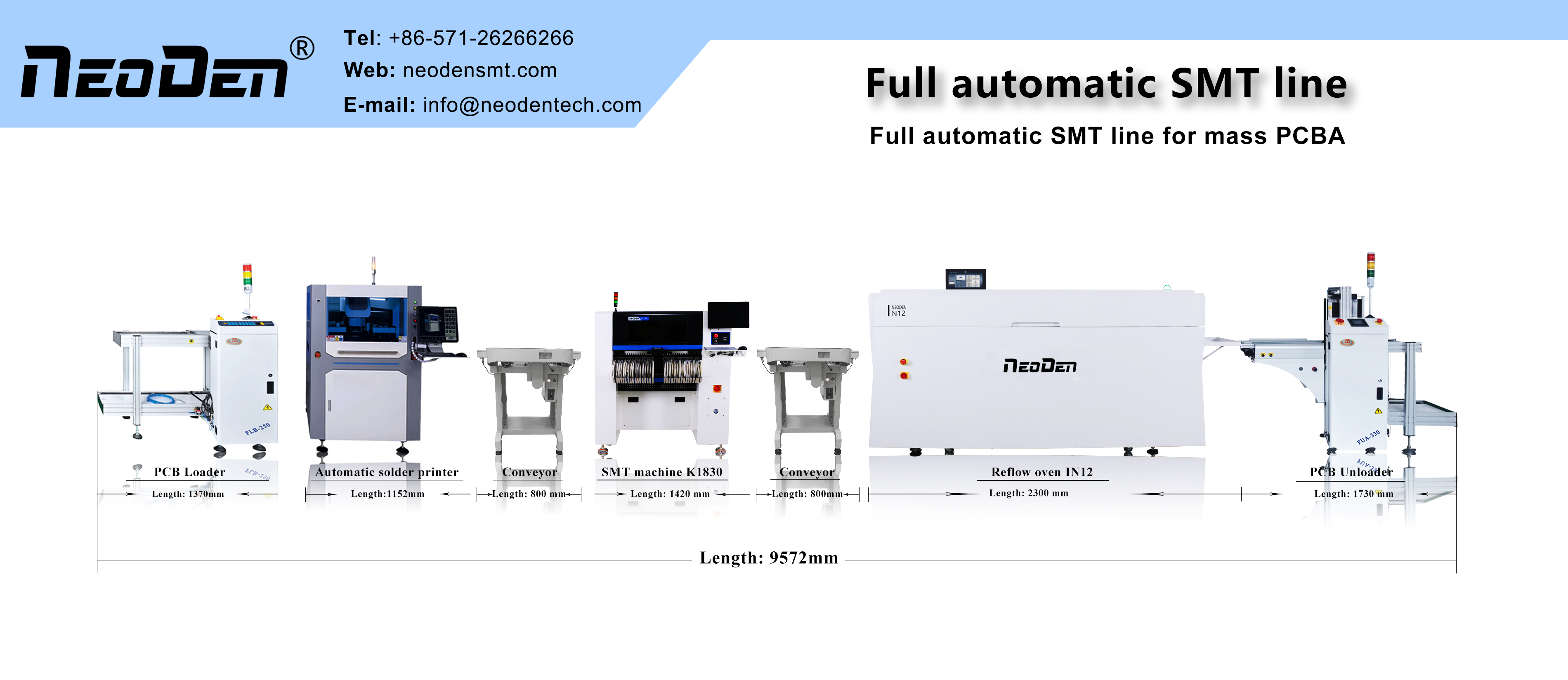Buried capacitor process
The so-called buried capacitance process, is a certain capacitive material using a certain process method embedded in the ordinary PCB board in the inner layer of a processing technology.
Because the material has a high capacitance density, so the material can play a power supply system to decouple the role of filtering, thereby reducing the number of separate capacitors, it can improve the performance of electronic products and reduce the size of the circuit board (reduce the number of capacitors on a single board), in communications, computers, medical, military fields have broad application prospects. With the failure of the patent of thin “core” copper-clad material and the reduction of cost, it will be widely used.
The advantages of using buried capacitor materials
(1) Eliminate or reduce the electromagnetic coupling effect.
(2) Eliminate or reduce the additional electromagnetic interference.
(3) Capacitance or provide instantaneous energy.
(4) Improve the density of the board.
Buried capacitor material introduction
There are many kinds of buried capacitor production process, such as printing plane capacitor, plating plane capacitor, but the industry is more inclined to use the thin “core” copper cladding material, which can be made by PCB processing process. This material is composed of two layers of copper foil sandwiched into the dielectric material, the thickness of copper foil on both sides is 18μm, 35μm and 70μm, usually 35μm is used, and the middle dielectric layer is usually 8μm, 12μm, 16μm, 24μm, usually 8μm and 12μm are used.
Application principle
Buried capacitor material is used instead of separated capacitor.
(1) Select the material, calculate the capacitance per unit of overlapping copper surface, and design according to the circuit requirements.
(2) The capacitor layer should be laid out symmetrically, if there are two layers of buried capacitors, it is better to design in the second outer layer; if there is one layer of buried capacitors, it is better to design in the middlemost.
(3) As the core board is very thin, the inner isolation disk should be as large as possible, generally at least >0.17mm, preferably 0.25mm.
(4) The conductor layer on both sides adjacent to the capacitor layer cannot have a large area without copper area.
(5) PCB size within 458mm × 609mm (18″ × 24).
(6) capacitance layer, the actual two layers close to the circuit layer (generally power and ground layer), therefore, the need for two light painting file.
Post time: Mar-18-2022

